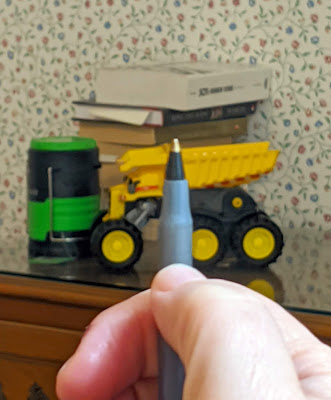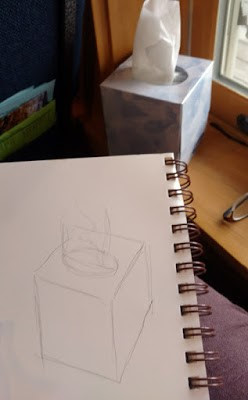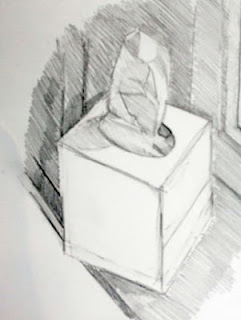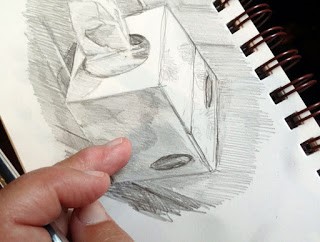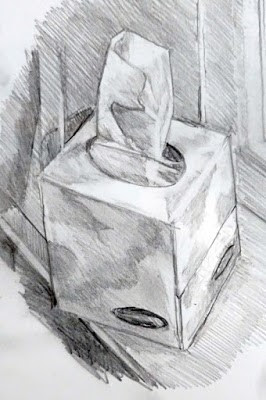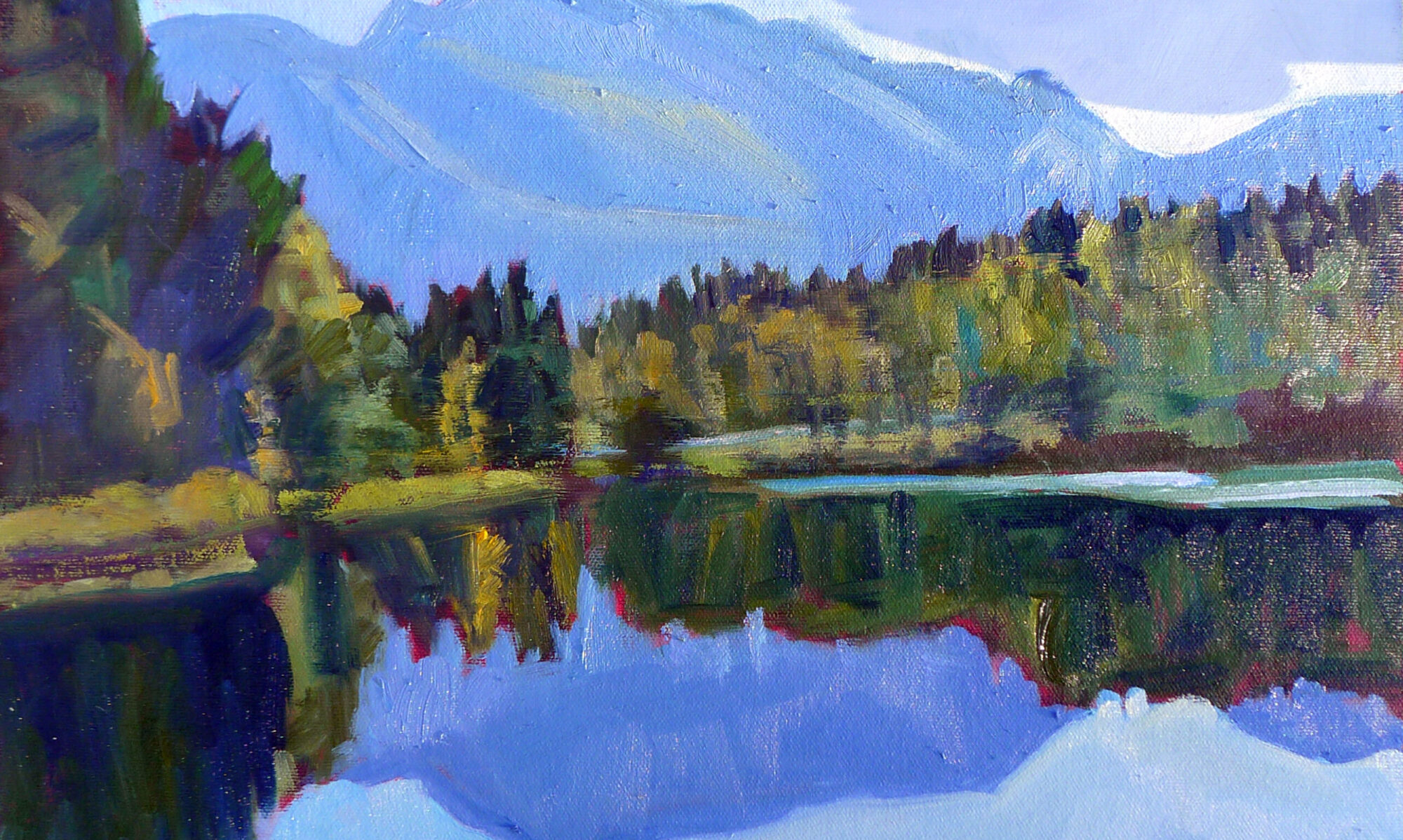Artists’ residencies allow us the chance to live and work outside our usual environments.
 |
| Victoria Street, oil on canvas, was finished during my 2019 residency at Parrsboro, NS. |
When I was younger, I avoided artists’ residencies. We had four small kids, and as with most households with children, money was tight. I was already away from home too much. In fact, I was always juggling lack of time and lack of money. What I thought I needed was more uninterrupted time in my own studio, not to go gallivanting off to another part of the country.
Looking back, I wish I’d chosen differently. Money woes have receded into memory, and the kids are (for the most part) successfully hatched. But I still don’t have time to paint as much as I want to. Other commitments have neatly encroached. When I moved to Maine, one of the things I decided to do was allow myself the option to paint elsewhere for at least a few weeks every year. That meant, in part, artist-in-residency programs.
 |
| The Black House, oil on canvas, was finished during my 2019 residency at Parrsboro, NS. |
Art residencies allow us the chance to live and work outside our usual environments, with all their stimuli and demands. They give us the time to think quietly. I’ve used them to produce different work or explore specific themes in my work. They’re often aimed at young or emerging artists, because they can have a profound long-term impact on future work. That doesn’t mean that older artists should avoid applying. A glance at the list of past recipients will answer any questions about the organization’s ageism.
Each residency’s funding, conditions, and jurying is unique. Likewise, different hosts ask for different things in return for the residency—a teaching program, a painting, an exhibition, or a public presentation being most common. Some ask for money, but in my opinion, that’s not a true artists-in-residency; it’s a workshop or paid vacation.
 |
| Rachel’s Garden, watercolor on Yupo, was finished during my 2018 residency at Rolling Acres Farm’s Joseph Fiore Art Center. |
In general, you’re provided a place to live and work for free. In many cases, you’ll receive a small stipend. You pay your own travel expenses. You’re not limited to the US in choosing an artist residency. You can go as far as you can afford to travel.
Typically, you must submit a project proposal, resume, and some kind of statement of intent that’s tailored to the residency you’re interested in. Don’t be discouraged if you’re rejected. My acceptance rate is about one in three.
 |
| Ottawa House, oil on canvas, was finished during my 2019 residency at Parrsboro, NS. |
In some instances, the artist can use the residency for his or her own purposes, without any obligation to produce actual work. But why would you want that, when your goal is to become a better artist?
Residencies can provide artists with networks and audiences that they otherwise wouldn’t develop. I love the Canadian Maritime provinces. Painting in Nova Scotia made me many good contacts in that art community.
Where should you apply? This
searchable database of international residencies is a good place to start. Many American and Canadian national parks offer residencies, as do some state and provincial ones. If you’re a resident of the state of Maine, you might be interested in an artist residency at Rolling Acres Farm in Jefferson. They have
artist residencies for Maine residents, as well as a
resident gardener’s position to fill. Past residents are
listed here.

